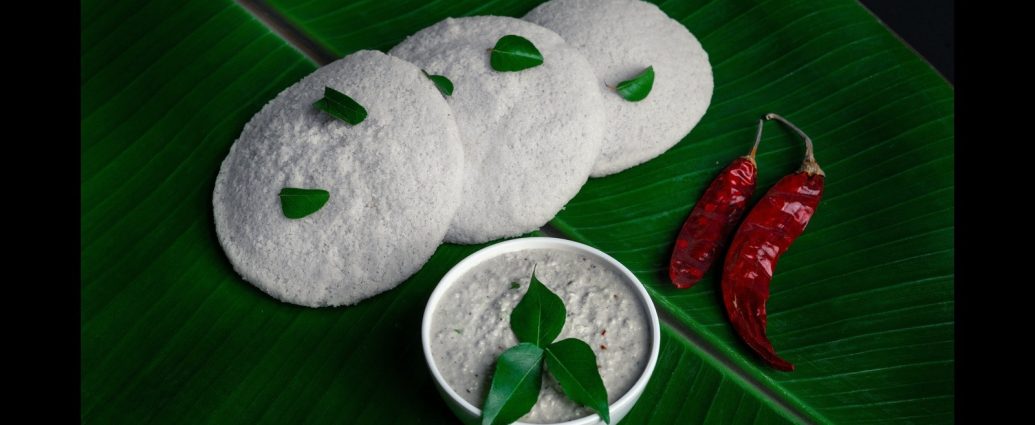As a baking instructor, I have long been intrigued by the use of Eno in baked treats.
The restorative salt is generally taken in small doses, to aid digestion and ease acidity. But busy home chefs also use it as a shortcut to fermentation (in breads, idli and dhokla batters, for instance).
Over the years, I’ve experimented, observed, and learnt a fair bit about ways in which it helps, and ways in which it can’t. Here are my top tips.
* When is Eno a good baking ingredient?
Eno needs a liquid environment, so you can forget using it in cookies and other dry batters.
Because Eno works so fast, if you try kneading the dough after adding the Eno, the carbon dioxide that would have caused a batter to rise, will simply evaporate by the time you’re done kneading. Gluten also develops over time, while the dough rests, and working with Eno means working quickly. So the dough can’t really be allowed to rest.
And so, the most common use for Eno in baking is batter-based products such as cakes and muffins.
Here too, the batter doesn’t get time to be thick enough to trap the bubbles of carbon-dioxide gas produced in the reaction. And the batter must be placed in the oven immediately, so the gas doesn’t escape. (Don’t expect the mix to rise too much further; Eno reacts quickly and at room temperature, and it does not respond to heat).
In most instances, Eno can work in a cake if there is just the right amount of it, and one works fast enough.
* Why are people using it in cooking at all?
There are plenty of reasons, actually
a. It’s quicker than fermentation
b. It’s easier, if you don’t know how fermentation works (a batch of idlis or dhoklas can be whipped up in minutes).
c. It’s more convenient, because people might not have baking soda at hand, but Eno is multi-purpose, and comes in single-use sachets.
d. Especially for beginners, it’s more forgiving than baking soda. An overdose of Eno doesn’t change the colours or flavours of a dish, while even a little too much baking soda can lend a soapy taste.
* How far back does this unconventional use of Eno go?
I have spoken to my grandmothers and my aunts about this.
Growing up in the 1950s, baking soda was used in cooking, but never Eno, my grandmothers said. That trend emerged as new cookbooks began offering new shortcuts to busy homemakers, in the 1980s.
In the 1980s, both my grandmothers began using Eno to help ferment idlis faster. They had already been using baking soda and lemon to hasten things; this was even quicker (as the recipe in Femina magazine had promised).
My paternal grandmother also adds Eno to Rooh Afza, to turn it into a fizzy aerated beverage in the summer.
(Shubhangi Jain runs the Redolence Baking School)
